Compost: [Complete Guide to make your own Compost]
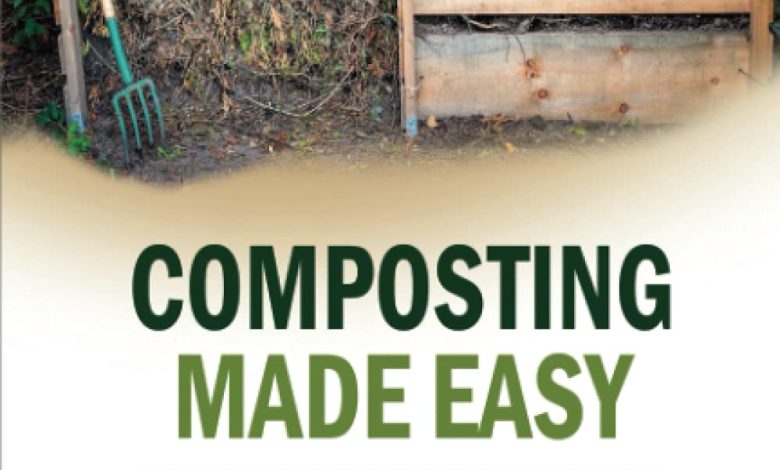
Compost or compost serves primarily as fertilizer. A well-made compost should look like dark soil and be odorless.
But in addition to adding nutrients, compost helps regulate acidity and temperature, and maintain moisture.
Strictly speaking, the terms household organic matter such as compost and humus are not synonymous nor can they be used in a similar way.
How to make homemade compost
Next, we present youTwo methods to make a good compost.
Method 1 to make compost
- Make a layer of straw, branches, or any other material that allows air to circulate and is not easily crushed. This layer should be approximately 20 cm thick and should be placed as a base, at the bottom of the silo, preferably in contact with the ground.
- On top of this first layer add another with the green remains of the harvest.
- The third layer incorporates nitrogen – rich materials, such as manure.
- Finally, add a thin layer of between 2 and 5cm of soil.
- You must ensure that the material is always moist, but without dripping. The ratio of wet materials to dry materials should be 2 to 1.
- Every time you introduce more waste, you should mix it with the old material, leaves or straw. This will also help keep the fruit fly from appearing, which turns out to be very annoying.
- Remember that brown or carbon-rich waste must be moistened before being introduced.
- You will continue to add layers until you reach the intended height. Once the pile is finished, cover it with soil or sawdust.
Method 2 to make compost
- Place approximately 25cm of thick and thin branches.
- Place between 25 and 30 cm of easily decomposable organic waste on top.
- Then a small layer of organic matter such as manure or some other nitrogen -rich material.
- Lay down another layer of green organic debris.
- Add another layer of manure, until you reach a meter and a half in height.
- When you reach the desired height, cover it with a thin layer of soil and leave it to rest so that it finishes decomposing.
- Moisten the mixture every third day, in case it doesn’t rain.
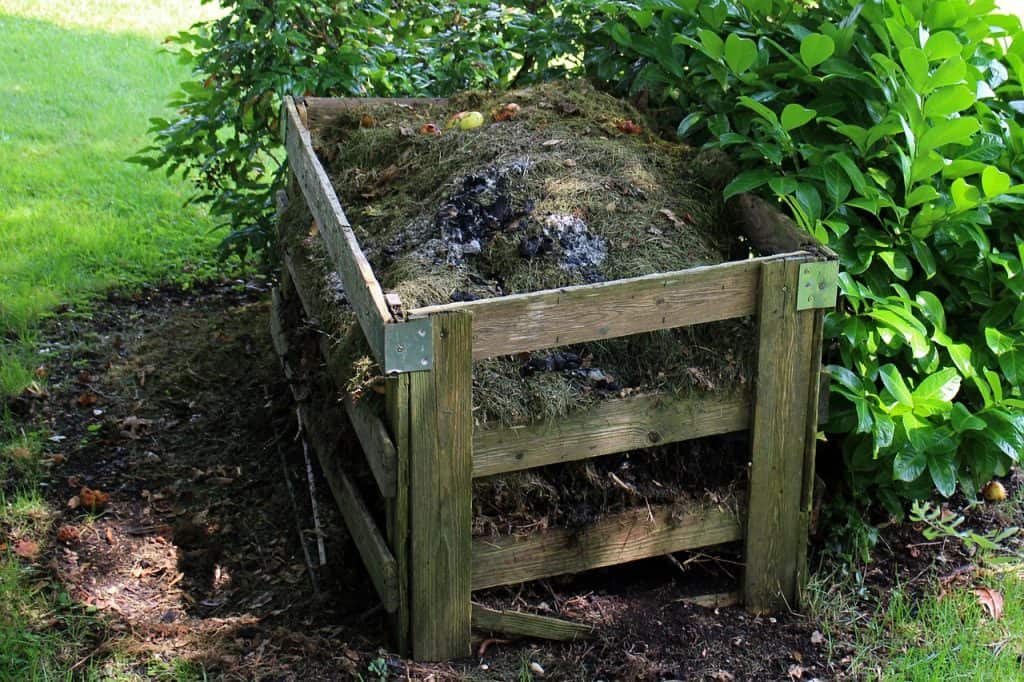
What is compost?
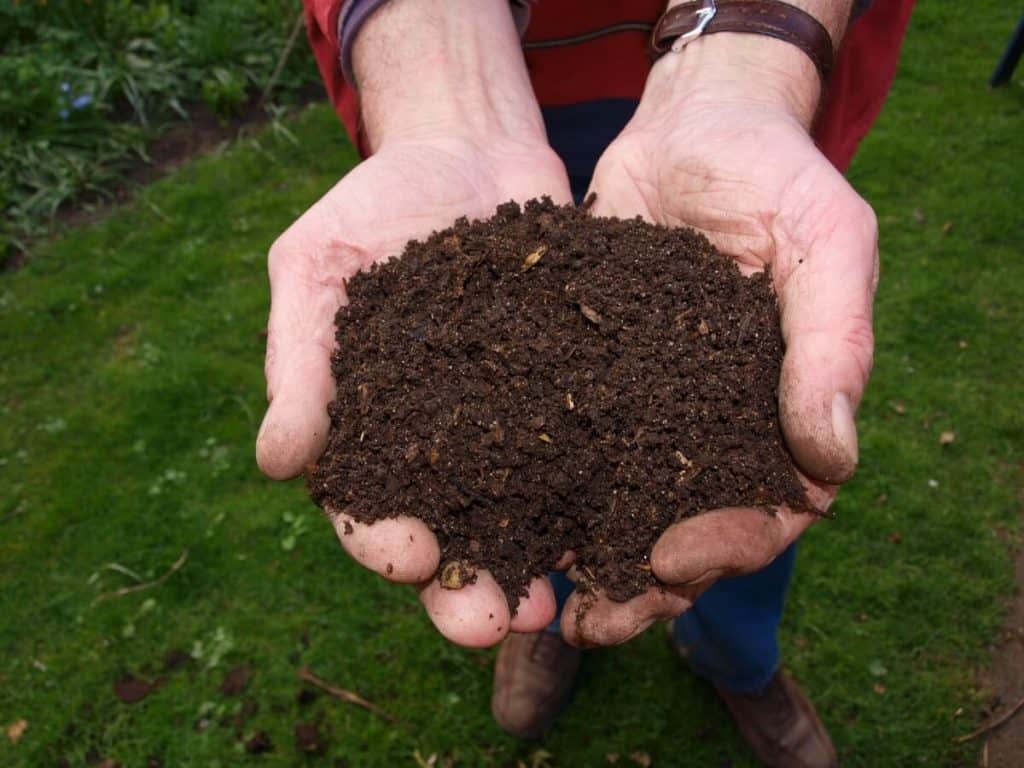 Compost is the black earth created from the decomposition of organic matter, and can be made from food scraps or yard waste.
Compost is the black earth created from the decomposition of organic matter, and can be made from food scraps or yard waste.
Mature compost is used as a compost or substrate when it takes on a dark, earthy appearance and is distinctive in that nearly all of the materials have decomposed.
To make it, the organic waste is placed in a silo, which provides the material with an environment conducive to its correct decomposition.
In this way, the silo not only maintains the agents that intervene in the decomposition of the waste, but also others that feed on it.
Its appearance is very similar to sowing soil, only that within its composition it has a large amount of nutrients.
Thanks to the enormous variety of organic products that exist, materials for composting can be obtained without having to invest any money.
Also, the time it takes for its decomposition to take can be planned to occur between fall and winter, allowing it to be used in the spring.
Compost is a widely used tool in agriculture.
What is the function of compost?
Did you know…The main function of a compost is to fertilize the land where a crop will be established.
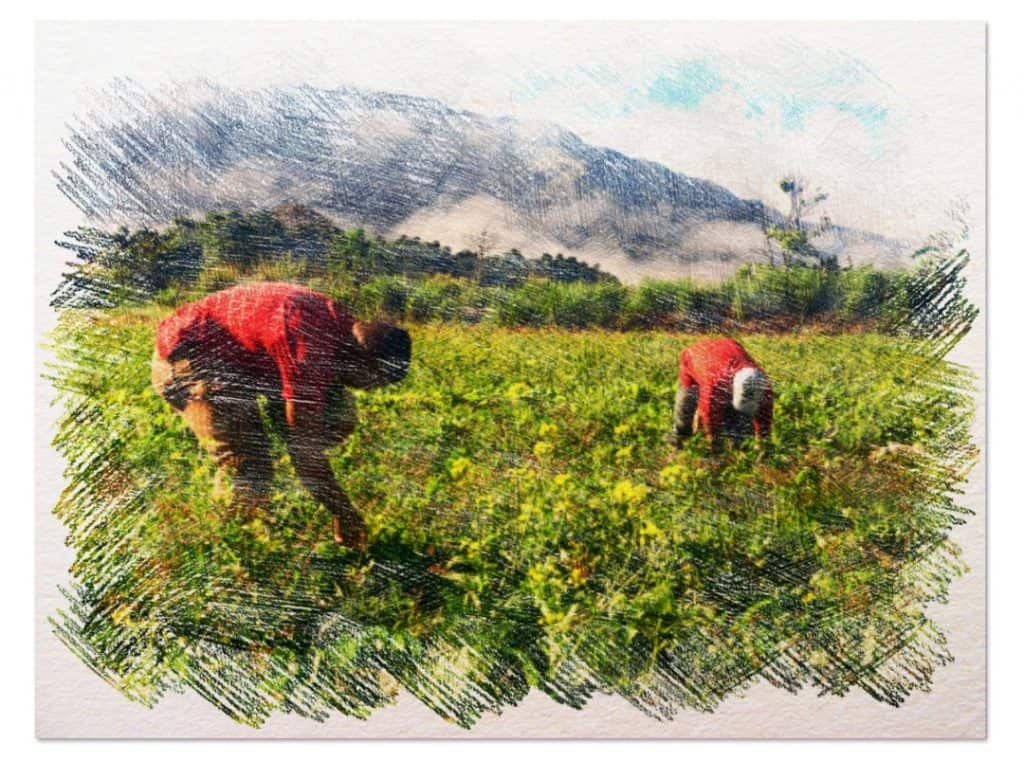 Thanks to the fact that it is matter in aerobic decomposition, a product with many nutrients is obtained that increases the quality of the site to be used.
Thanks to the fact that it is matter in aerobic decomposition, a product with many nutrients is obtained that increases the quality of the site to be used.
Chemical elements of high importance for the soil, such as sulfur, phosphorus, iron and potassium, are also included.
However, it is not the only thing.
Compost also helps combat the most frequent soil problems, such as erosion or washing that occurs during periods of rain.
And if the soil has been exposed to high levels of contamination, it can help in its recovery.
This is generated through the regularization of the pH that causes a very important direct influence on its state.
Also, it is convenient forretain moisturethat plants need to grow.
And, although in general it is not a pesticide, it also has an important function against the growth of fungi and bacteria.
As we can see, its functions are all aimed at gathering many benefits for the plantations.
Therefore, it is best to know how it can be done from home.
What are the optimal conditions to make good compost?
suitable humidity
You must ensure that there is moist matter in your compost.
You should also water it if it gets dry.
The subscription must have amoist appearance, but not dripping.
If you suffer from excessive residual moisture, add sawdust to neutralize.
Air
 It is necessary to aerate the compost occasionally, to prevent the lower layers from rotting. This way we get a more homogeneous material and speed up, in turn, the fermentation process.
It is necessary to aerate the compost occasionally, to prevent the lower layers from rotting. This way we get a more homogeneous material and speed up, in turn, the fermentation process.
To improve aeration, try to add bulky and irregularly shaped waste that allows for voids in the material and facilitates air circulation.
Bark and branches are excellent examples.
If your compost is in a silo or in containers, make sure they have holes to allow good ventilation of the material.
Temperature
The higher the temperature in the interior parts of the material, the better. Placing your compost in direct sunlight will help speed up the process.
Another way to achieve desired temperatures is to make large amounts of compost. The higher the amount, the faster the material heats up.
Residue size
The residues should be neither too large nor too small. The former take a long time to decompose, while the latter make it difficult to ventilate the material.
Balance of materials: Nitrogen and Carbon
There must be a balance between carbon – rich residues and nitrogen-rich residues.
Nitrogen-rich elements:
- Coffee grounds.
- Green manures.
- grass.
- Nettle slurry or fresh nettles.
- Fresh animal manure.
- Urine.
Carbon-rich elements:
- Sawdust.
- Wheat straw.
- Corn canes.
- Pruning branches.
- Pine leaves.
- Paper or cardboard (not including ink or other chemical elements).
- Straw of oats, barley or rye.
- mobs.
To achieve a good balance, we recommend the following
To achieve a correct balance in materials, take into consideration the following:
- Green or nitrogen-rich residues: they are the moist matter of the compost, so they decompose quickly. They usually cause a bad smell (legumes usually give off nitrogen during their growth).
- Stems, leaves and other green plant remains from our crops.
- Kitchen waste such as fruit and vegetable scraps.
- lawn.
- Coffee remains and infusion bags…
- Manure and slurry.
- Green manures.
- Brown or carbon-rich residues.
Dry materials that can be included
They are dry, so they take a long time to decompose, although they do so without leaving bad odors. They must be moistened before becoming part of the compost:
- Straw and hay.
- Sawdust.
- Woody branches and bark.
- weeds and dry leaves
- paper or cardboard
- Nut shells or egg shells.
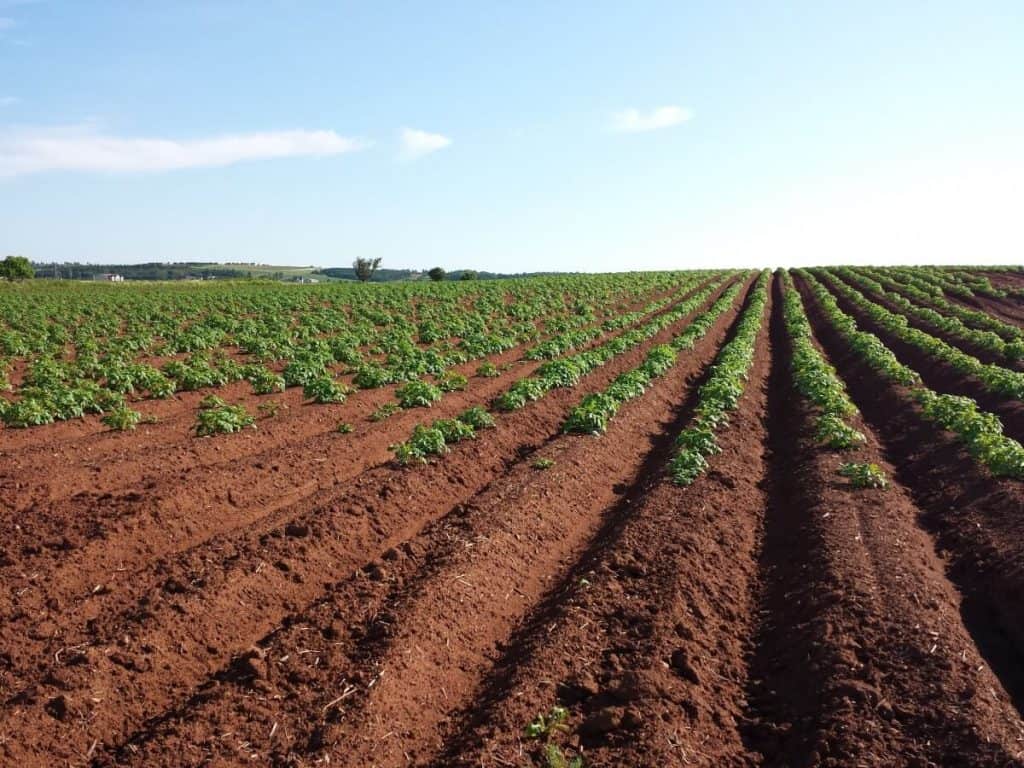
What can be composted and what cannot be composted?
There is a great variety of elements that we can use to make a compost, knowing thatthe main thing is that they are organic.
In this sense, there are some elements that decompose faster than others and that is why the working time is adjusted at a general level.
What we can include in our compost bin
What YES can be used to make compost:
- Within the rapid decomposition animal manure, the remains of plants and green leaves, weeds are counted.
- In the order of decomposition, which is slower, food remains, flowers, among others, stand out.
- In the case of manure, it is important to mention that the manure used must come from farm animals and not from domestic animals, depending on the type of feed.
- Dried fruit shells.
- Eggshells.
- Spoiled or expired food.
- Coffee grounds.
- Hays and cleared or mowed grass.
- Medicinal herbs.
- Weeds.
- Remains of beer, vinegar or wine.
- lawn.
What can NOT be included in the compost bin
But in this aspect it is very remarkable to knowwhat can never be usedsince they can cause damage to the rest of the matter and do not act correctly.
What can NOT be used to make compost:
- Animal meat, dog and cat feces, cigarette ashes, any dairy product, paper with color prints, etc. are counted here.
- In the case of the egg, only the shells should be used and not the yolks, as they can attract rodents and produce bad odors.
- It is also not possible to add glass, metals or any such material.
- Chemical products or materials.
- Tobacco because they contain nicotine.
- Detergents and other chemical products used in homes.
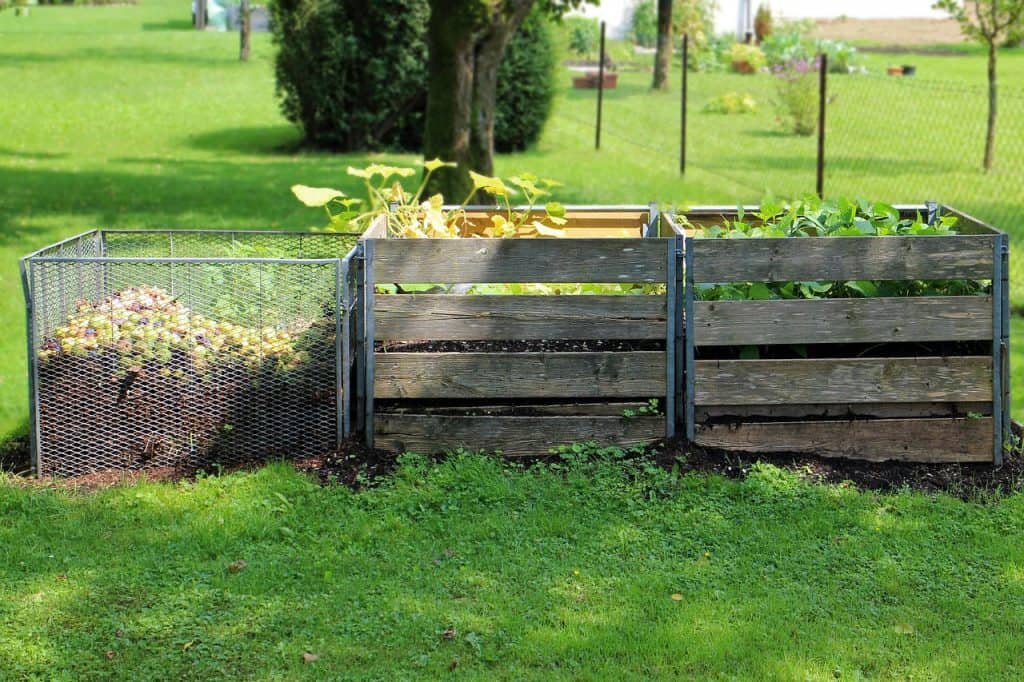
When to throw the compost in our garden?
the compostIt will take about three months to be ready.During the winter the time is extended to six months.
To find out if it’s ready, take a fist and look at its color. It should be dark and you will not see anything deposited, except the pieces of branches.
The compost is applied once a year. Add earthworms where you are going to put the compost, so that it is oxygenated through the tunnels they dig.
If you don’t use the compost, you can store it in tightly sealed bags.
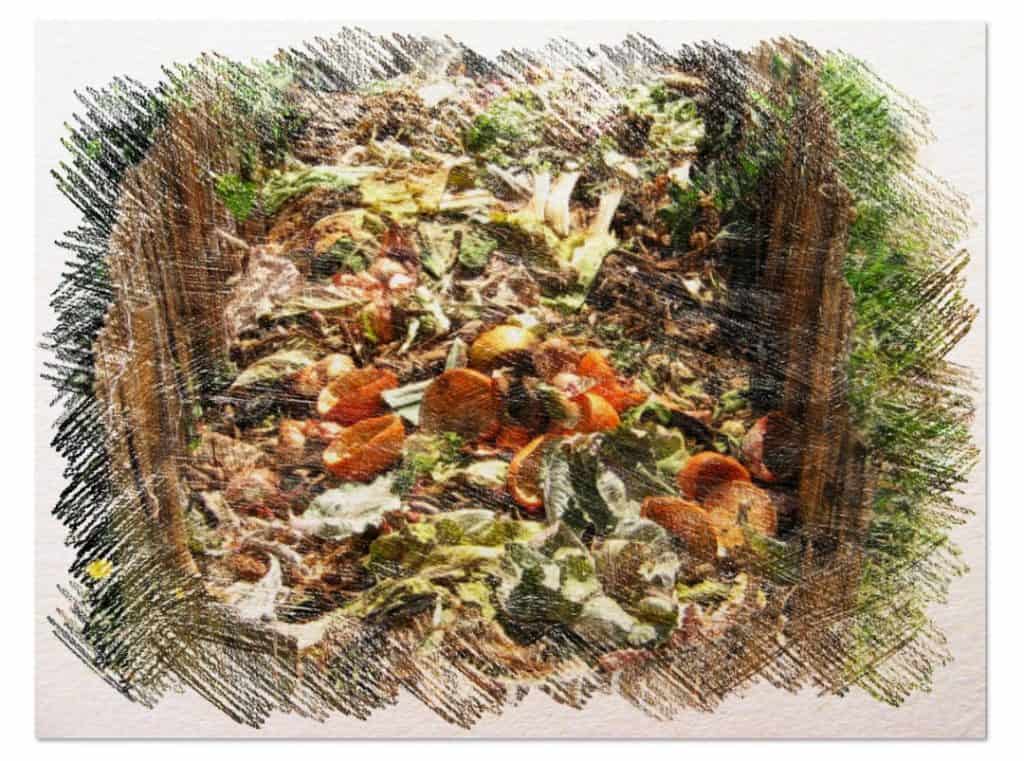
How long does it take to be ready?
The process to obtain compost is based on a decomposition of elements, where some are processed quickly and others are slower.
For the whole process to flow as it should, it is vital to allow the samedo the full cyclewhich can last a period of 6 to 8 months.
A well-made compost should look like dark soil and be odorless.
If this result is not obtained, it is better to discard it and start a new preparation.
Now, to better understand everything that happens inside the place where we are storing the compost, we must know that it goes through four phases.
mesophilic
The first is known as mesophyll.It is the initial stage and, therefore, the materials included are still in a very fresh state.
El proceso de descomposición se inicia rápidamente con la presencia de microorganismos que hacen que la temperatura interna aumente en gran medida.
En este punto, la humedad que contenga el compost es determinante para iniciar con buen pie el proceso. Lo más recomendable es que esté entre el 40 – 60%.
Termófila
Al momento en que estos microorganismos son reemplazados por bacterias, se dice que empieza la fase dos, conocida como termófila.
Se inicia entonces el proceso de degradado de ciertos componentes, como la celulosa, ceras y carbonos.
Aquí también se produce la higienización del entorno, eliminando bacterias y los agentes nocivos que suelen estar presentes en el estiércol.
Enfriamiento
Avanzando hacia la tercera fase, comienzan a descender las temperaturas y se originan nuevas bacterias y hongos.
La función de estos será culminar el proceso de degradado de compuestos que quedaron pendientes en la fase II.
Maduración
Por último está la fase de maduración.
En ella se producen movimientos químicos que generan condensación para producir ácidos fúlvicos y húmicos.
¿Dónde puedo comprar compost o una compostera para hacerlo?
We always recommend going to a specialized store near your town, such as a nursery, specialized garden store, etc.
The reason is that in this way you will be able to see the product in the first person and also a professional will be able to better advise you on what you need.
In any case, we can recommend a series of Amazon products (affiliates) that can give you good results:
 5 liter Compost Bucket with… €29.99 View on Amazon Prices with VAT without transport
5 liter Compost Bucket with… €29.99 View on Amazon Prices with VAT without transport  GARDIUN KIG12961 – Organic Composter 260 L… €45.00 View on Amazon Prices with VAT without transport
GARDIUN KIG12961 – Organic Composter 260 L… €45.00 View on Amazon Prices with VAT without transport  Graf Garantia M126704 – Composter 300 l Eco… €55.98 View on Amazon Prices with VAT without transport
Graf Garantia M126704 – Composter 300 l Eco… €55.98 View on Amazon Prices with VAT without transport
Last updated on 2022-07-26 / Affiliate Links / Affiliate API Images
 COMPO SANA Quality Universal Substrate for… €8.15 View on Amazon Prices with VAT without transport
COMPO SANA Quality Universal Substrate for… €8.15 View on Amazon Prices with VAT without transport  Compo Sana Universal 20+ 5L(*) €12.34 View on Amazon Prices with VAT without transport
Compo Sana Universal 20+ 5L(*) €12.34 View on Amazon Prices with VAT without transport  Envii Compost Accelerator – Composter – Accelerator… €16.99 View on Amazon Prices with VAT without transport
Envii Compost Accelerator – Composter – Accelerator… €16.99 View on Amazon Prices with VAT without transport
Last updated on 2022-07-26 / Affiliate Links / Affiliate API Images
What are the benefits of compost?
Once the functions of this compound are known, we can clearly define its benefits.
The first thing is to know that although the main benefited area is the soil, it can also exert benefits in other areas.
In this way, we will refer to the benefits for each of them.
Ground level benefits
Since it is the main one involved in this whole process, it is worth starting with the benefits directly linked to it:
- Helps the good formation of humus.
- Facilitates the correct movement of microbes in the soil.
- It serves as a protective layer to deal with agents that damage the soil, such as garbage and excessive moisture from rain.
- It facilitates better absorption of water.
- It allows the roots of the plants to be fixed with more force and grow stronger and healthier.
- It helps that what was once considered junk now has a new function.
Ecological benefits
In terms of ecology there are also benefits that are worth rescuing, since these are precisely linked to changes for environmental protection.
- Enzymes and good bacteria are very easily absorbed.
- Expenses in terms of fertilizers and land cleaning due to garbage accumulation are reduced.
- Prevents water loss from plants through evaporation.
- Carbon dioxide emissions are reduced by not needing to transport the materials used to make compost.
- It prevents deforestation by nourishing the land and facilitating the development of new plants.
- Plants are healthier and produce better fruit.
- It can be used on any type of floor.
Compost Conclusions
With all this information, there is no doubt thatmaking a compost will be quite easy for everyone.
In addition, the investment time is relatively little since nature itself is responsible for doing 90% of the work.
On the other hand, it helps a lot to reduce waste in landfills, especially in big cities.
And if we reduce garbage at the same time that we protect the good existence of the soil, we will be advancing with firm steps in favor of our planet.
Matter that will not only be useful to us, but also to future generations.
So, to make compost it has been said!

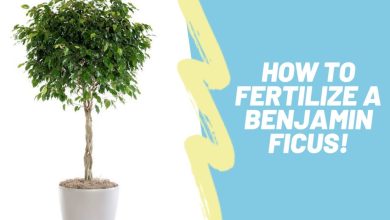
![Photo of Kiwi Irrigation: [Needs, Frequency and Procedure]](https://www.complete-gardening.com/wp-content/uploads/2021/06/Variedades-de-Kiwi-Summer-Kiwi-390x220.jpg)

![Photo of Stolons: [Concept, Planting, Care, Pests and Diseases]](https://www.complete-gardening.com/wp-content/uploads/2022/08/stolons-concept-planting-care-pests-and-diseases-390x220.jpg)